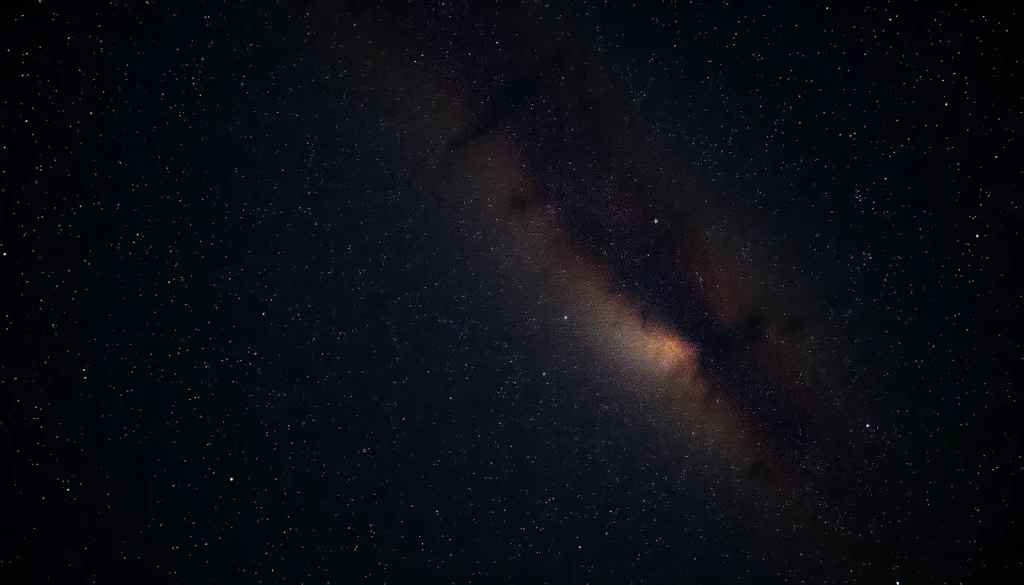October meteor showers: everything you need to know

October is an exciting month for astronomy enthusiasts, offering a stunning array of celestial events. With three green comets traversing the night sky and the spectacular displays of the draconids and orionids meteor showers, there's no better time to look up and enjoy the wonders of the universe.
If you're intrigued by this cosmic spectacle, it's time to prepare for the peak of the draconids tonight, followed by the orionids later in the month under ideal viewing conditions. Whether you're a seasoned stargazer or a curious newcomer, these meteor showers promise to be visually captivating.
The journey from draconids to orionids
The draconids meteor shower is known for its brief but brilliant display. This year, it spans from October 6 to October 10, peaking on the night of October 8. The meteors radiate from the constellation Draco, which is located in the northern sky. Observers should ideally look toward this constellation, although the meteors can appear in any part of the sky.
However, there are some challenges to witnessing the draconids. Primarily, they are best viewed from the northern hemisphere, where the Draco constellation is more prominent. Additionally, the moon is nearly full during this period, which can hinder visibility by brightening the sky.
On the other hand, the orionids are one of the most noteworthy meteor showers of the year. This shower began on September 26 and will continue until November 22, with its peak occurring on October 21. This is fantastic news for skywatchers, as the moon will be in a new phase at this time, resulting in dark skies perfect for viewing. Under these conditions, observers can expect to see up to 20 meteors per hour.
Optimal viewing conditions for the meteor showers
The peak time for the draconids is at 19:00 UTC (21:00 local time in Spain), while the orionids will peak at 00:00 UTC (02:00 local time in Spain). Although these are the peak times, meteors can be seen in the hours surrounding them.
To maximize your viewing experience, follow these tips:
- Find a location away from light pollution.
- Look towards the appropriate constellation: Draco for the draconids and Orion for the orionids.
- In the southern hemisphere, face northeast for the orionids; in the northern hemisphere, look southeast.
- Be patient and allow your eyes to adjust to the darkness for better visibility.
Enjoying these meteor showers not only provides a mesmerizing spectacle but also connects us to the broader universe. The orionids, in particular, are derived from Halley's Comet, which adds an intriguing historical context to their observation.
Understanding the science behind meteor showers
Meteor showers occur when Earth passes through the debris left by comets. This debris consists of tiny particles that enter our atmosphere at high speeds, creating bright streaks of light as they burn up upon entry. The draconids are associated with the comet Giacobini-Zinner, while the orionids are linked to Halley's Comet.
Here are some interesting facts about meteor showers:
- Meteor showers are named after the constellation from which they appear to originate.
- Most meteors are no larger than a grain of sand.
- The rate of meteors can vary significantly from year to year due to factors such as the density of the comet's debris trail.
Enhancing your meteor shower experience
To make the most of your meteor shower viewing, consider the following techniques:
- Bring a reclining chair or blanket to lie back comfortably.
- Use binoculars or a telescope to enhance your view of the constellations.
- Dress warmly and bring refreshments to enjoy while you wait.
- Check the weather forecast to ensure clear skies.
For those looking for a deeper understanding of this phenomenon, you can explore educational resources online. For example, the video from CNN Tiempo provides a clear explanation of the orionids, enhancing your experience with insights into their origin and visibility.
Upcoming celestial events in October
October is replete with celestial events beyond the meteor showers. Here are a few highlights:
- Three Comets: This month, three comets will be visible, adding to the excitement of the night sky.
- Supermoon: A supermoon will illuminate the nights, providing a stunning backdrop for meteor watching.
- Planets in Alignment: Various planets will be particularly prominent and can be observed alongside the meteor showers.
These events not only enhance the visual appeal of the night sky but also serve as reminders of the dynamic nature of our universe.
As October unfolds, take the time to step outside, gaze at the stars, and embrace the wonder of the universe. Whether you're watching the draconids or orionids, each meteor shower is a magnificent reminder of the celestial beauty that surrounds us.




Leave a Reply